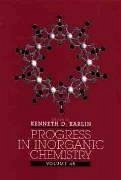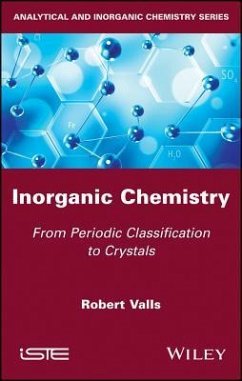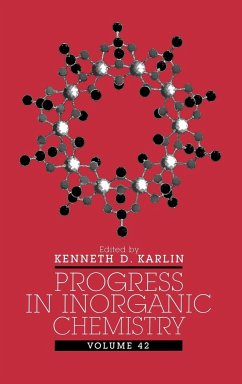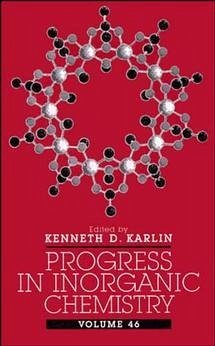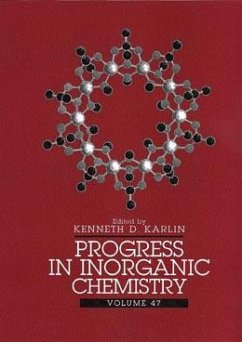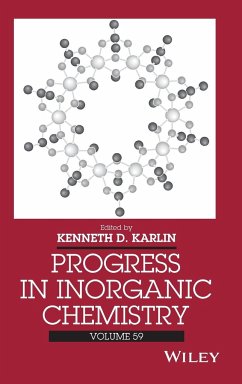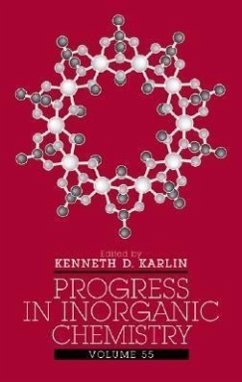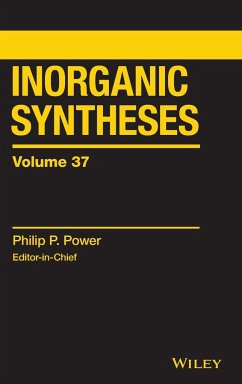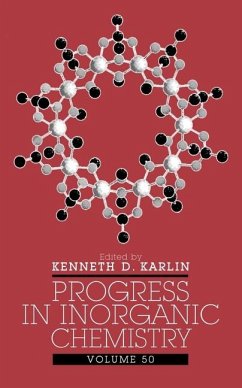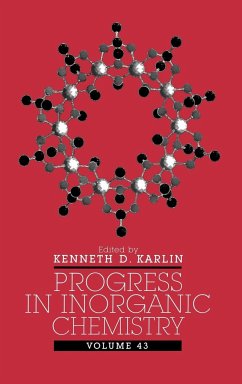
Essentials of Inorganic Chemistry
For Students of Pharmacy, Pharmaceutical Sciences and Medicinal Chemistry
Versandkostenfrei!
Versandfertig in über 4 Wochen
70,99 €
inkl. MwSt.
Weitere Ausgaben:

PAYBACK Punkte
35 °P sammeln!
Medicinal inorganic chemistry is an area of numerous clinical developments and has become very prominent with the discovery of platinum-based anticancer drugs. Currently used clinical applications are not only limited to platinum-based drugs, but indeed encompass a majority of elements found in the periodic table of elements. Therefore, it is crucial that professionals in a variety of healthcare settings have a basic understanding of inorganic chemistry in order to handle the relevant metal-based therapeutics in the correct manner. Essentials of Inorganic Chemistry For Students of Pharmacy, Ph...
Medicinal inorganic chemistry is an area of numerous clinical developments and has become very prominent with the discovery of platinum-based anticancer drugs. Currently used clinical applications are not only limited to platinum-based drugs, but indeed encompass a majority of elements found in the periodic table of elements. Therefore, it is crucial that professionals in a variety of healthcare settings have a basic understanding of inorganic chemistry in order to handle the relevant metal-based therapeutics in the correct manner. Essentials of Inorganic Chemistry For Students of Pharmacy, Pharmaceutical Sciences and Medicinal Chemistry, introduces the basic principles of inorganic chemistry and the science of metal-based drugs, using pharmacy-relevant examples. Each chapter deals with a group of elements, including the relevant chemical basics, and discusses clinically used examples. Within each chapter, the main inorganic principles or definitions are highlighted in feature boxes. Topics covered include: - Lithium based drugs - their role in the treatment of bipolar disorder - Organosilicon drugs - a modern alternative to traditional organic drugs - Salvarsan - the origin of chemotherapy - Platinum and other transition metal-based anticancer agents - Lanthanoids and their clinical use - Radiopharmacy - Chelation therapy Each chapter is complemented by a series of exercises and problem-based learning case studies to support self-directed studies, with additional materials available online at www.wiley.com/go/strohfeldt/essentials This textbook will provide students of pharmacy, pharmacology, pharmaceutical sciences, and medicinal chemistry with a detailed introduction to inorganic chemistry and the science of metal-based drugs.




